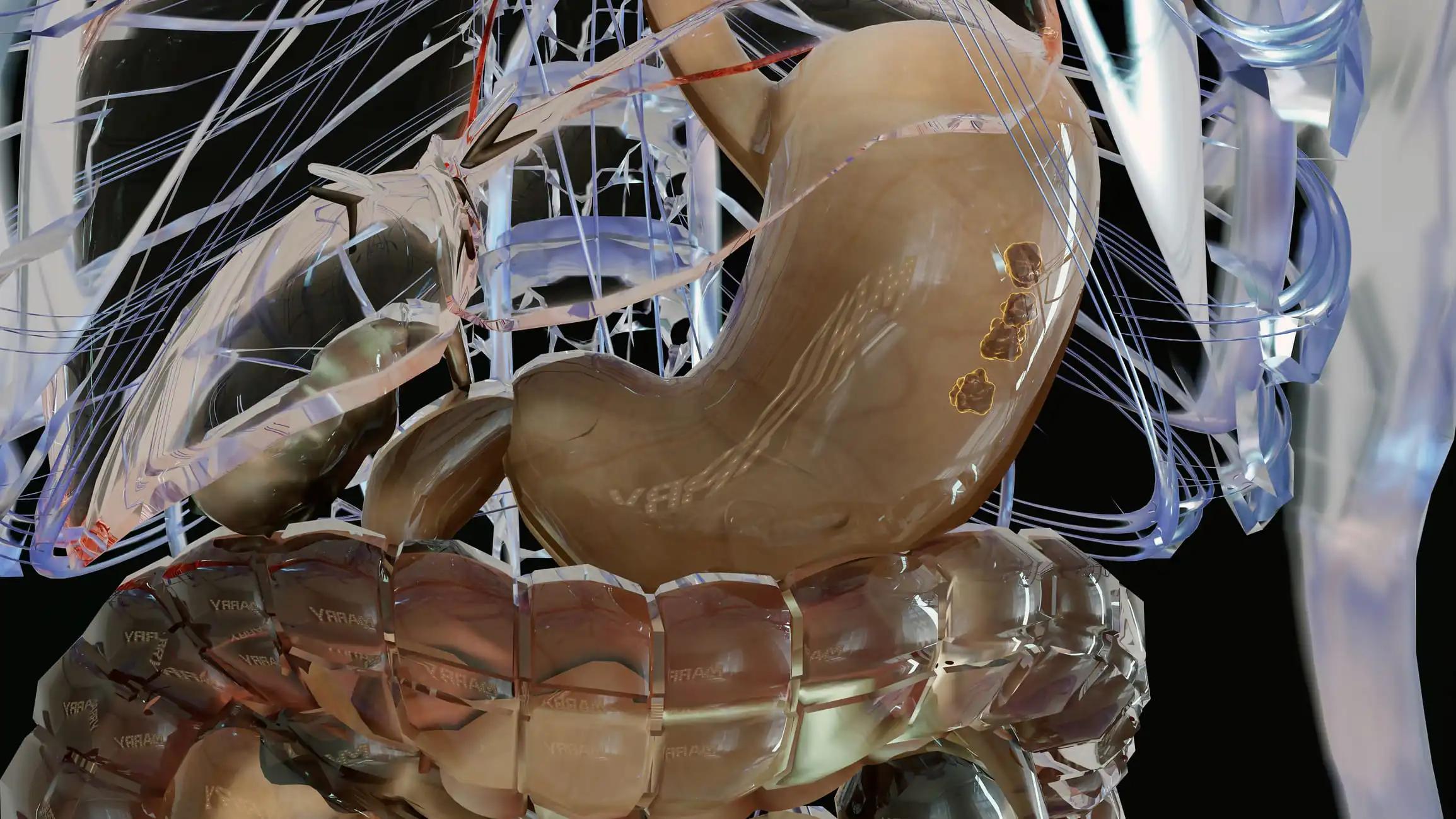KEY TAKEAWAYS
- The IMvigor011 phase 3 trial aimed to evaluate clinical outcomes in patients with high-risk MIBC.
- The primary endpoint was DFS, and the secondary endpoint was OS.
- The analysis revealed that serial ctDNA testing offers better risk stratification in high-risk MIBC, sparing some from adjuvant treatment.
Previous data suggests that circulating tumor DNA (ctDNA) can help identify patients with muscle-invasive bladder cancer (MIBC) at risk for relapse after surgery. In the Phase III IMvigor010 study, landmark ctDNA testing in high-risk MIBC patients post-cystectomy distinguished ctDNA+ from ctDNA- patients, but approximately 30% of ctDNA- patients still experienced disease-free survival (DFS) events.
T. Powles and the team conducted a study that aimed to assess clinical outcomes in patients with persistent ctDNA− status on serial ctDNA monitoring from the IMvigor011 surveillance cohort.
The study was structured to assess the effectiveness of atezolizumab (anti-PD-L1) versus placebo among patients diagnosed with high-risk MIBC who tested positive for ctDNA after cystectomy. The primary endpoint was disease-free survival (DFS) in participants identified as ctDNA positive within 20 weeks post-cystectomy.
Eligible patients had MIBC categorized as (y)pT2-T4a N0 M0 or (y)pT0-T4a N+ and had not undergone neoadjuvant chemotherapy. Participants were randomly assigned to receive either atezolizumab or placebo, with atezolizumab administered as an infusion every 3 weeks for a maximum of 2 years.
The study included surveillance, treatment, and follow-up phases, with secondary endpoints including overall survival (OS) and completion of at least 12 months post-cystectomy or discontinued surveillance within less than 12 months with no ctDNA+ result. Stratification factors included nodal status, tumor stage post-cystectomy, PD-L1 IHC status, and time from cystectomy to the first ctDNA+ sample.
In the study, 286 patients were enrolled in surveillance, with 115 identified as ctDNA−. Ongoing follow-up was reported for 144 participants, while 27 completed ctDNA surveillance and continued radiographic evaluation. Additionally, 15 individuals discontinued surveillance before completion. Of those, 171 met the criteria and were included in the analysis. In the treatment phase, some patients underwent screening but failed to qualify.
As of the clinical cutoff date of December 4, 2023, the study defined a DFS event as any occurrence of local (pelvic) recurrence of UC, urinary tract recurrence of UC, distant metastasis of UC, or death from any cause. The median follow-up duration for all ctDNA− patients was 16.3 months (IQR, 11.6-19.3). PD-L1 status was determined using the VENTANA SP142 IHC assay.
The study showed promising OS outcomes. At 12 months, all 171 patients (100%) were alive. By 18 months, the survival rate remained very high at 98%. While the median follow-up was 16.3 months, these results suggest a strong chance of survival for ctDNA-negative patients after high-risk muscle-invasive bladder cancer surgery.
The analysis indicated that serial ctDNA testing with Natera Signatera assay could offer superior clinical utility compared to landmark testing, particularly in risk stratification for high-risk MIBC patients post-cystectomy.
Furthermore, the study suggested that persistent ctDNA− status may identify patients who could potentially forego adjuvant treatment, regardless of PD-L1 status or pathologic staging at cystectomy. Enrollment is ongoing.
The trial was sponsored by the Hoffmann-La Roche.
Source: https://scientific-programme.uroweb.org/EAU24/programme
Clinical Trial: https://clinicaltrials.gov/study/NCT04660344
Powles T, Bellmun J, Jensen JB, et al. (2024) “Clinical outcomes in patients with high-risk, post-cystectomy muscle-invasive bladder cancer (MIBC) with persistent circulating tumour DNA-negative (ctDNA-) status on serial testing: surveillance analysis from the IMvigor011 study.” Presented at EAU 2024.



